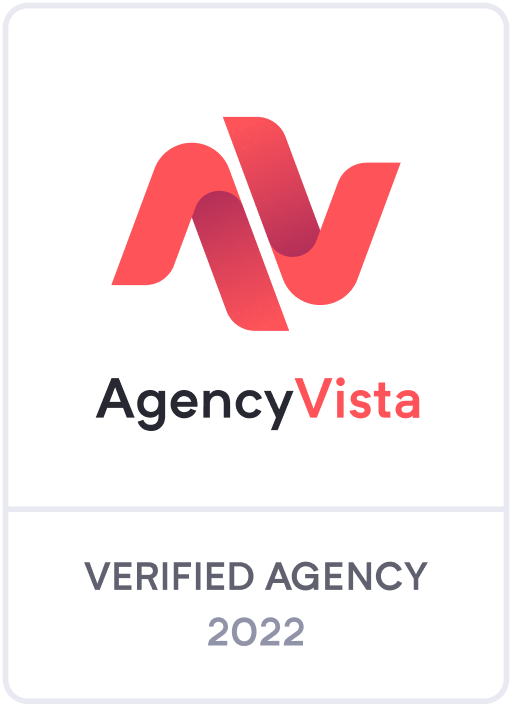After New York Times social media editor, Daniel Victor, declared #hashtags as harmful, we had to admit we were left a little…confused. If they are harmful, then why are the integrated into so many social media campaigns, conferences and Twitter chats? Are they truly “a single Niagara droplet screaming for notice as it shoots down the falls”?
The Downside of Hashtags
Hashtags can be annoying. We’ve all used them, but we also gripe about users who insert far too many (#loveit #saturdaynight #omg #yum #healthyeating #whoisreadingthisanyways). The “Hashtag Addiction” is a real thing, folks. Not only does it make tweets more difficult to read, it also distracts readers from the true message at hand.

www.wordsdonewrite.org
A good lesson is to write first, tag second. Hashtags should enhance the tweet, not define it. It’s best to use them sparingly so they don’t seem overly self-promotional. However, in the case of live tweeting, using hashtags is a good way to connect with audience members and help them track/follow the conversation. While this may create a risk of potentially annoying your other followers who aren’t at the event, the trick is to make the hashtags relevant and interesting so your followers won’t mind. They might even wish they were there!
In most cases, the quantity of tweets with hashtags is overwhelming while the quality is underwhelming. As digital marketers, it is important to remember to not give into the hashtag temptation (just because it is a free tool.) If the goal is to increase the reach of your message and/or audience, hashtags shouldn’t be your only tool.
But Don’t Hate On All Hashtags
Most popular hashtags disappear into the abyss of the Twitter-verse. However, Twitter does make a “Top Tweets” filter option when searching hashtags that ranks users based on their amount of followers. However, this filter isn’t problem-free. Sometimes the “top tweets” don’t even include a hashtag, just the word (#superbowl vs. Super Bowl). Therefore, it makes it hard to determine if you really are reaching a new audience.
However, the effectiveness and return of a hashtag, like most things in social media, is hard to measure. But getting people to talk about your brand rarely is a bad thing. A hashtag gone viral, such as Dr. Pepper’s #ImA was an open-ended hashtag that got fans and non-fans of the brand to participate in a discussion. It humanized the brand and didn’t seem self-promotional. It sold an ideal, which was the whole point of the campaign.
Takeaway
So it is possible to achieve a balance between annoying and effective? We think so. How many times have you missed a conference, Twitter chat, or even a NCAA basketball game and been able to read a brief summary of what you missed because of a hashtag?
Hashtags are a big part of what makes Twitter a social network. They even have their use in face-to-face conversations as subtext for jokes or sarcasm. When used appropriately, hashtags have the potential to achieve their original purpose.
And now that Facebook has been rumored to be considering hashtags as an addition to their platform, this is an ideal time to consider your hashtag strategy in social media.


